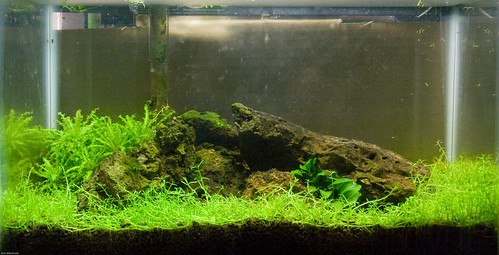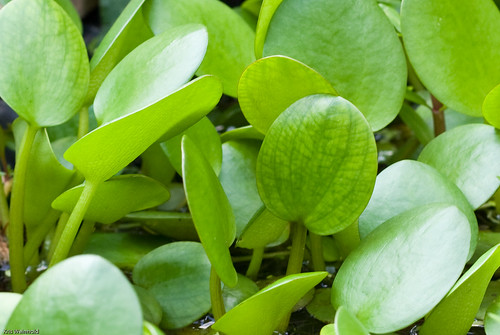Amazon Trip: The Rainforest
August 18th, 2007As I mentioned, we just got back from the Amazon Rainforest, about 10 hours by boat from Iquitos, Peru, on the Rio Orosa. The river and forest here is beyond breathtaking. The biodiversity of trees and plants is probably impossible to catalog. There are plants growing on plants, which are covered in lichens, and attached to trees. Our tour operator told us that they recently invited a Ph.d. student down to complete their thesis work, and with approximately 650 trees surveyed, over 500 species of trees were identified, including one tree, “Lonely Jorge,” which is the only known living tree of its kind in the world. They don’t know how it got there, or if anymore of the species exist. Amazing stuff.
The preserve where we stayed has caretakers, who maintain a number of trails through the forest, putting in log stairs such as the ones below. Most of the trails, however, are not are nicely established as these, which is probably a good thing to get a more authentic feel.
Sometimes, our trails would take us right over top one of these huge ant hills. Some of the larger anthills that we saw would be several feet high, and could fill a large living room in your standard American home. Fortunately, walking over these mounds did not seem to invite any punishment from the ants. Maybe we just got lucky, finding the “friendly ants?”
Down the Rio Orosa a little ways, there is a small tributary where huge stands of banyan trees stand. We were not able to reach the largest of these due to low water, but our guides told us that there exists a single banyan tree that stretches over an entire acre of land by itself.
All throughout the rainforest, little creeks and streams flow toward the larger rivers. I didn’t get a chance to survey to many of these for fish, but I believe our guide pulled out a few killies from one creek similar to this.
As I mentioned before, nothing exists by itself in the forest. Every tree trunk shares itself with any number of plants or lichens. There’s at least two species growing on this trunk below.
Below is just another example of the ferns/mosses that grow on these trees.
I just liked this picture because it shows a number of different trees, all growing within close proximity to one another. I don’t remember if this was in one of the “devil’s gardens” or not, but it’s quite possible since there does not appear to be much undergrowth. A “devil’s garden” is created when a certain kind of ant decides to take up home among a particular group of trees. These ants produce and inject citric acid into every “unwanted” plant that comes into their garden, thus killing it. Tasting an ant, they taste like lemons — I wonder why?
The sun comes and goes very quickly near the equator. I watched the sunset in a tower overlooking the canopy of the trees.



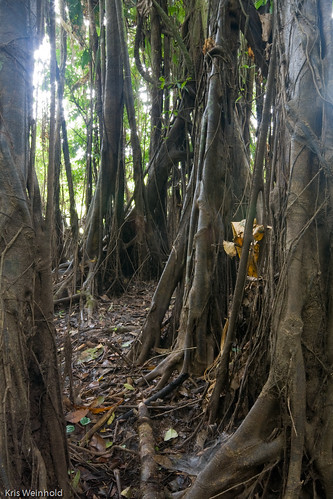
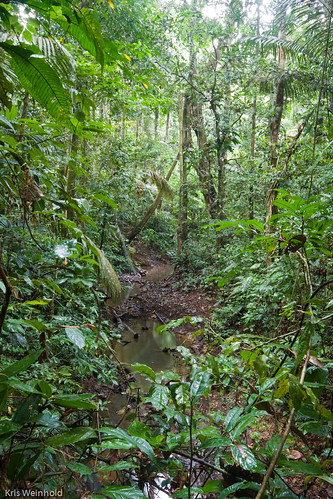
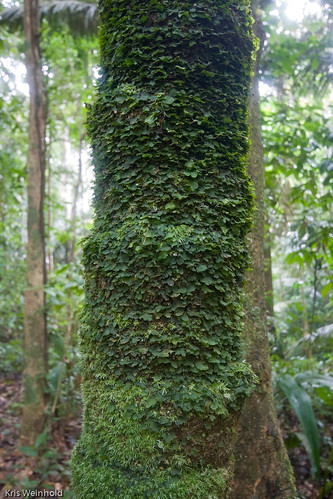

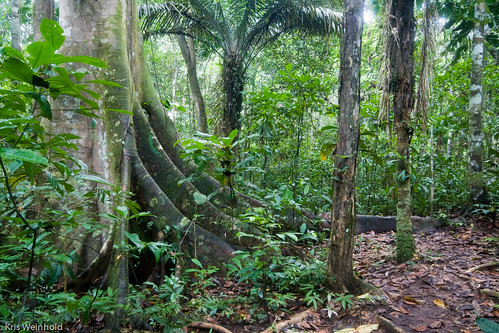

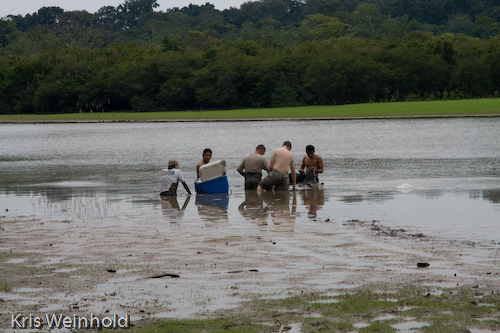
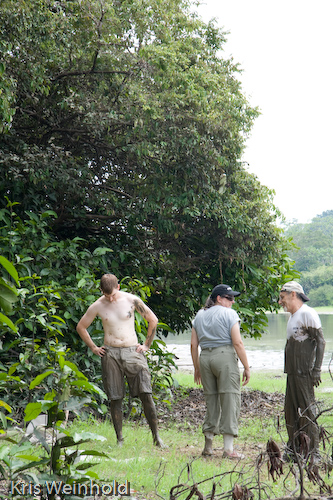
 After coming home from an often-frequented thrift shop, my wife announced that she had bought me an aquarium book. Immediately, when looking at the cover, it’s obvious that the book was dated, but with plants on the cover, I figure it’s at least worth a look.
After coming home from an often-frequented thrift shop, my wife announced that she had bought me an aquarium book. Immediately, when looking at the cover, it’s obvious that the book was dated, but with plants on the cover, I figure it’s at least worth a look.

